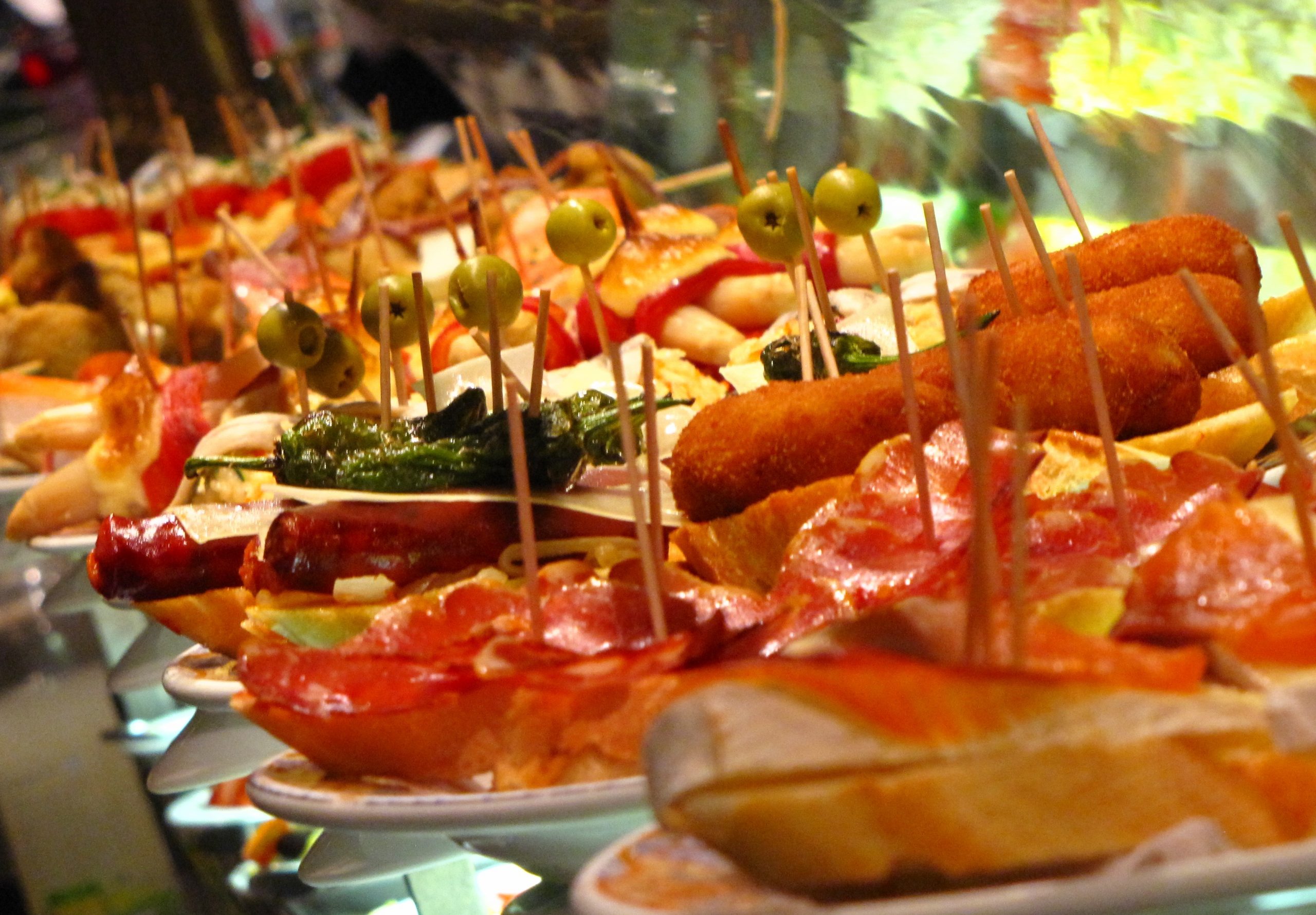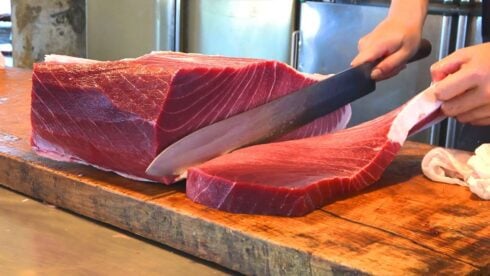TORTILLA de patatas, caballitos, croqueta de jamon: Tapas is at the heart of Spanish gastronomy and is celebrated on an international scale every year on the third Thursday of June, a day officially recognised as World Tapas Day.
Spain and tapas go hand in hand, but where did it all begin? Legend has it that Spanish King Alfonso X was suffering from an illness and was told to take small sips of wine and eat small bites of food between meals. Following his recovery, the King declared that no wine should be served in Castille without something to eat due to the adverse consequences of drinking on an empty stomach, particularly for those who could not afford a substantial meal.
Thus, tapas was born. Traditionally, a tapa was a piece of ham covering a glass of wine (hence the name tapa which translates to ‘lid´), but has hugely expanded and now dominates many Spanish menus. Below, we tapas-hop around some of the cities of Spain, discovering a few of the country’s famous dishes.
Sevilla
Home of El Rinconcillo, believed to be the oldest tapas restaurant in Spain, Sevilla is a great city to begin our tapas tour. Pringa is one of the most popular Andalucian dishes, consisting of a mixture of slow cooked meats. It consists of beef or pork with cured sausages such as chorizo or morcilla. The tender meat is usually served as a montadito (a mini sandwich) or with crusty bread.

Granada
The city where tapas is still served for free with a drink and that has its own variation of the typical Spanish tortilla. Tortilla del Sacromonte includes an interesting addition to the ordinarily vegetarian dish, lamb or calf brains and testicles. Other ingredients such as chorizo, peppers or jamon are also sometimes included.

Murcia
Marineras are a light fish-based tapas speciality with its origins in the region of Murcia. This traditional tapas consists of a curved breadstick, topped with Russian salad and topped with an anchovy. Variations on this tapa are also found in the region, such as the marinero which is topped with a pickled anchovy, or a bicicleta on which there is no anchovy at all.

Valencia
Paella is not Valencia´s only delicacy, esgarraet is a typical Valencian dish made from grilled red peppers, cured cod, garlic and olive oil. “Esgarrar” means to tear apart and this tapas dish gets its name from its preparation technique in which the peppers and cod are torn into fine strips.

Madrid
Gambas al ajillo is a traditional Spanish tapa that originated in La Casa del Abuelo in Madrid. This restaurant was traditionally a sandwich bar, however, due to a bread shortage following the Civil War, they began making this dish of shrimps cooked in garlic and olive oil as shrimps happened to be plentiful at the time.

Bilbao
Shellfish are abundant in the north of Spain, hence the origin of the tigre or stuffed mussel. The mussel shells are typically stuffed with a batter consisting of onion and mussel stock and are then deep fried. Often they are served with a spicy tomato or anchovy sauce.

READ MORE:
- RANKED: Spain’s 10 most popular tapas dishes
- WORLD TAPAS DAY: 10 cities in Spain where you will find the best free tapas scene
- The ultimate bar crawl and guide to tapas in Granada
Click here to read more Food & Drink News from The Olive Press.








